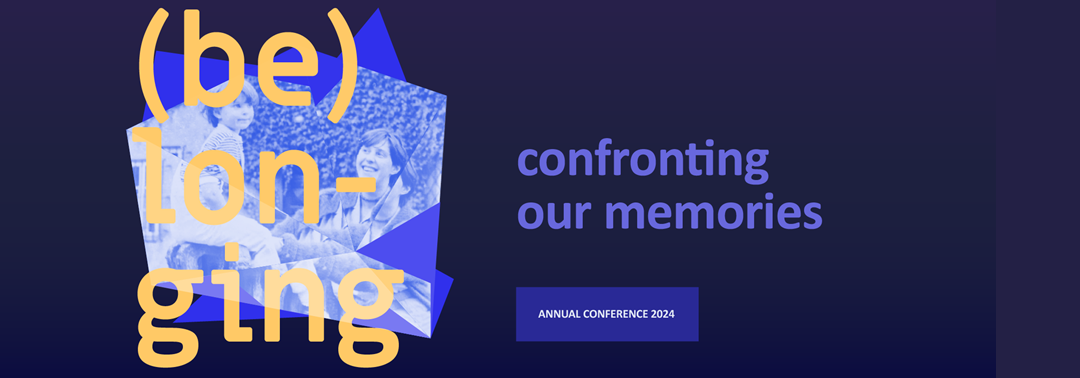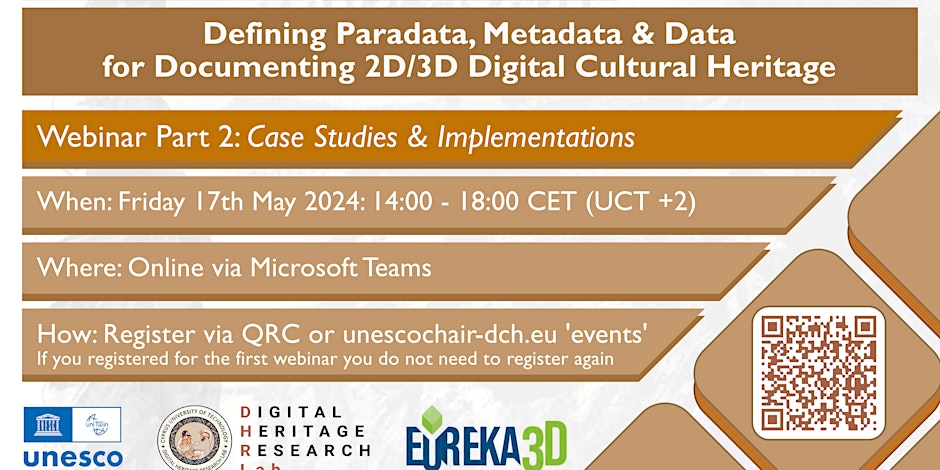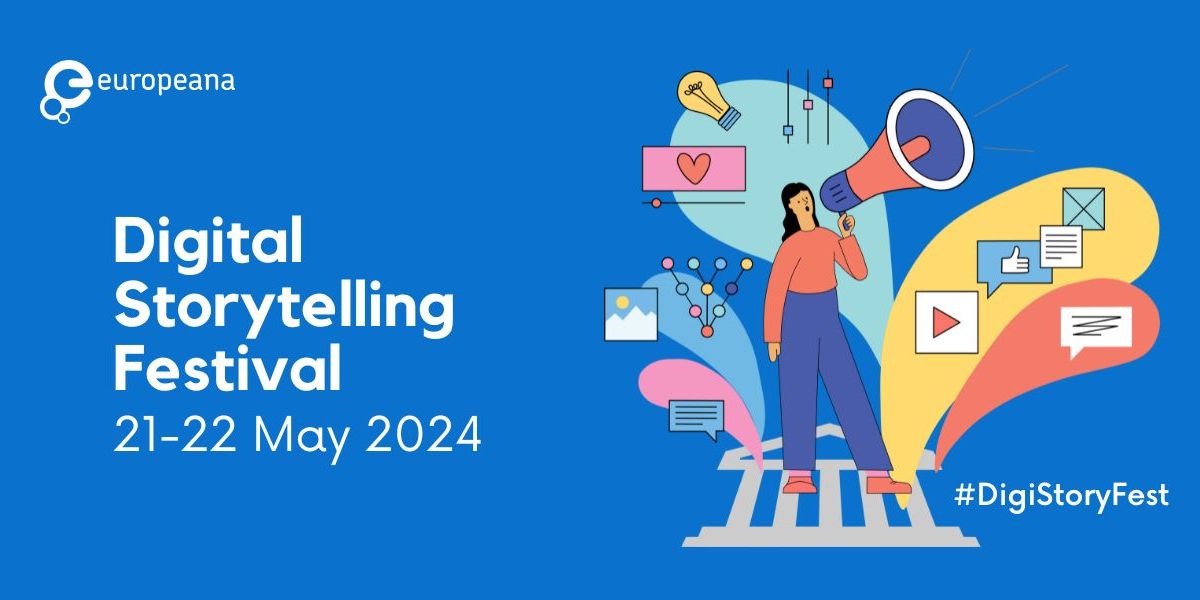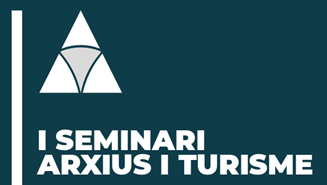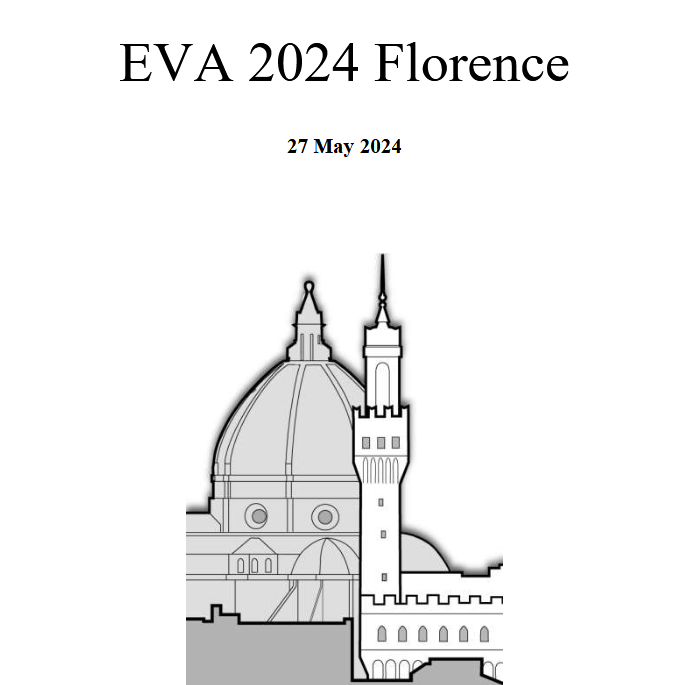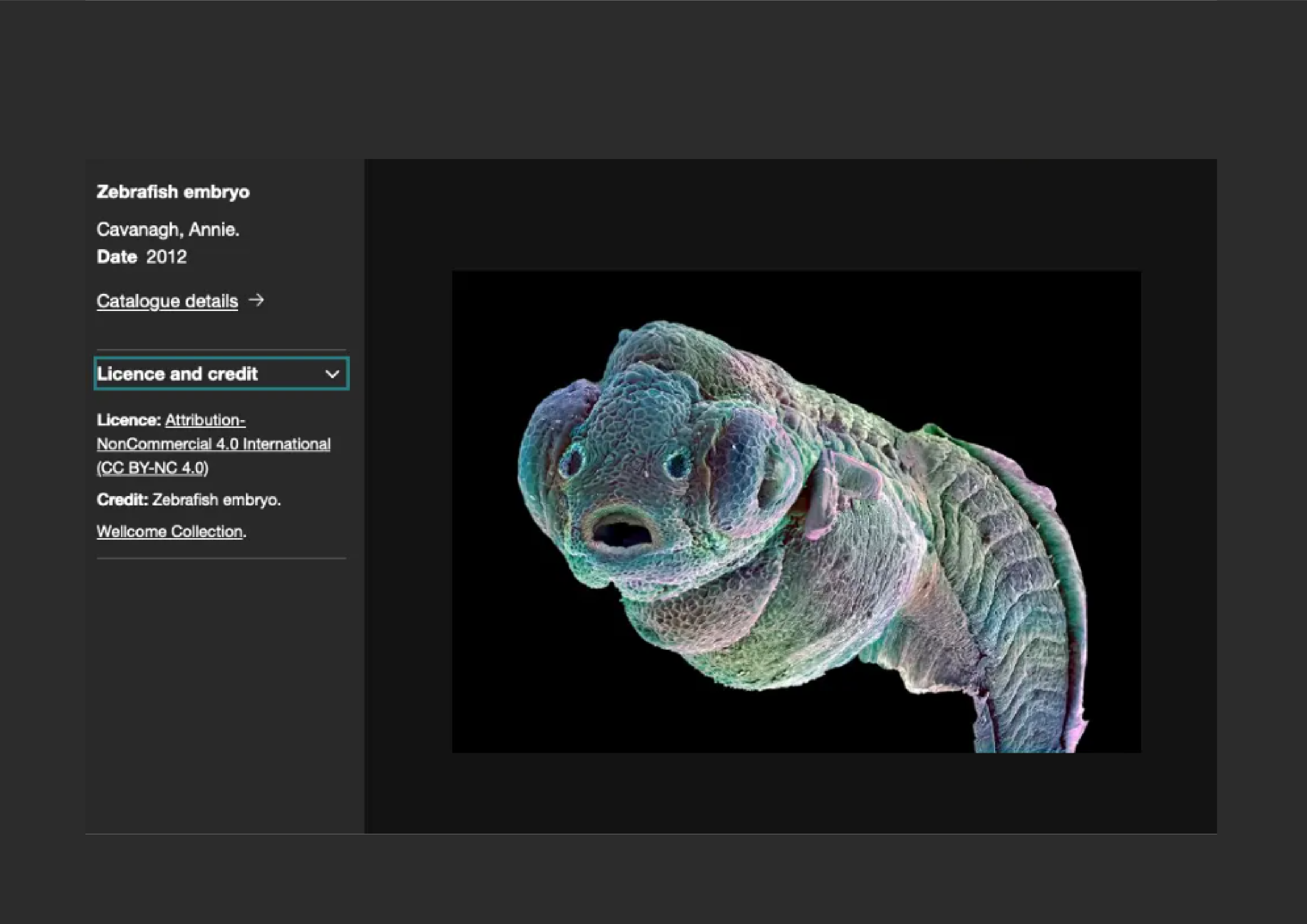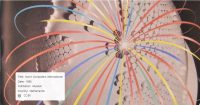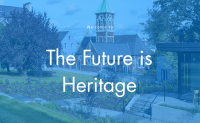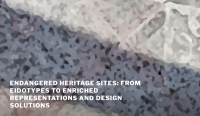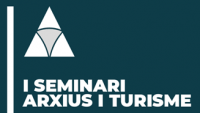August 16 2017
The National Gallery, London, is working in collaboration with museum analytics firm, Dexibit, to use big data for predictive analytics.
For decades, directors at the helms of the world’s cultural institutions have faced the challenge of balancing the historical and cultural objectives of telling curatorial stories with the economic needs of a museum dependent on a visiting public paying to visit temporary exhibitions and use its other commercial services. One of the most difficult challenges is the ability to accurately predict visitorship both to the museum, and to temporary exhibitions.
The National Gallery, which houses one of the greatest collections of paintings in the world and has more than 6 million visitors a year, is taking a new approach to tackle this problem, together with Dexibit. Using big data, Dexibit helps cultural institutions increase visitation, harness social outcomes and deliver efficiencies. With machine learning, the Gallery will explore how to move beyond simply analysing past visitor experiences in the museum, to employing innovative predictive analytics in forecasting future attendance and visitor engagement.
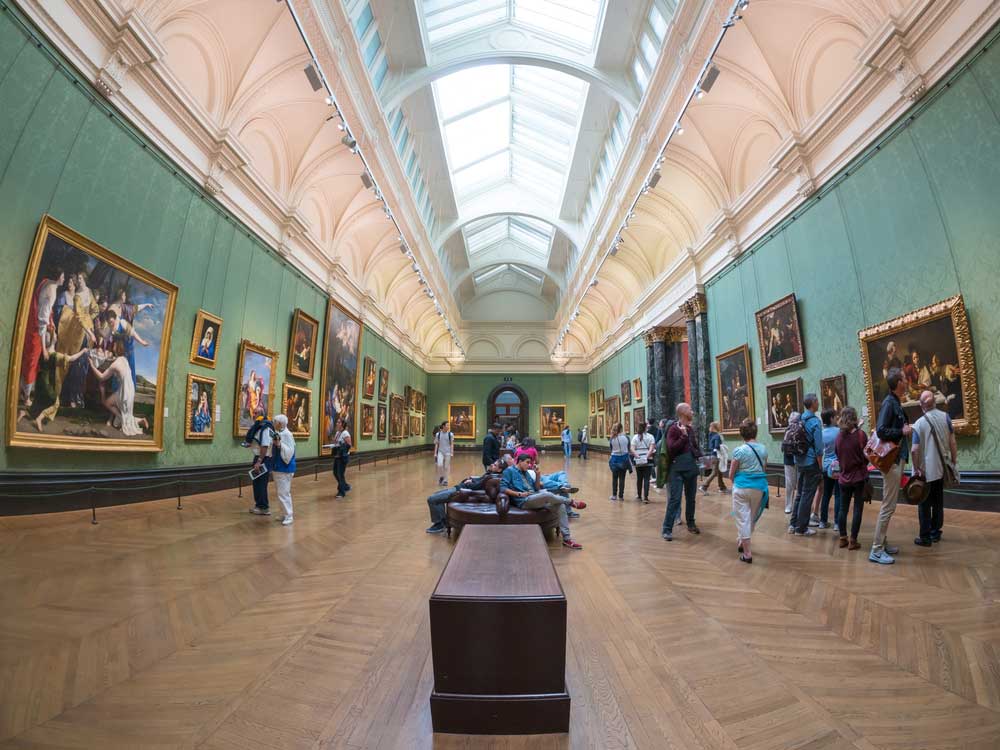
Chris Michaels, Digital Director, The National Gallery said:
“The National Gallery has put big data and analytics at the core of our digital strategy. We are delighted to be working with Dexibit to explore the potential of predictive analytics for better understanding on how we can serve our audiences. Machine learning and artificial intelligence have huge potential value for helping museums build better insight and develop new kinds of financial sustainability. We believe these new models can help us create better value for our visitors, and that the learnings we generate can help not only us but the wider sector. We look forward to working with Dexibit to unlock this exciting new area.”
Angie Judge, Chief Executive Officer, Dexibit said:
“Big data brings crucial innovation to the cultural sector at a time when the ground is shifting underneath museums and galleries. The National Gallery’s digital vision leads the way for the cultural sector – as museum analytics transition from retrospectively reporting the institutions’ own history, to using artificial intelligence in predicting our cultural future.”
With nearly 100 years of data with up to a thousand data points for every one of the millions of visitors the Gallery sees each year, this combination of art and science puts The National Gallery and Dexibit at the frontier of big data analytics.
ABOUT THE NATIONAL GALLERY
The National Gallery houses one of the greatest collections of paintings in the world. Located in London’s Trafalgar Square, the Gallery is free to visit and open 361 days a year. The National Gallery Collection comprises over 2,300 paintings in the Western European tradition from late medieval times to the early 20th century by artists including Botticelli, Leonardo, Titian, Rembrandt, Velázquez, Monet, and Van Gogh. The Gallery is also a world centre of excellence for the scientific study, art historical research, and care of paintings from this period. More at www.nationalgallery.org.uk.
ABOUT DEXIBIT
Dexibit is the global market leader for museum analytics. Dexibit’s software as a service includes personalised dashboards, automated reporting and intelligent insights specifically designed for cultural institutions. More at www.dexibit.com.



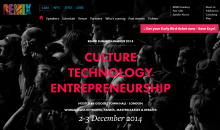
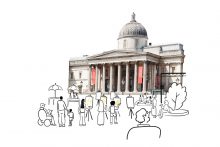
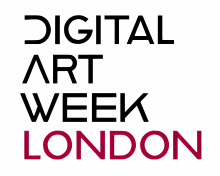
 If you have interesting news and events to point out in the field of digital cultural heritage, we are waiting for your contribution.
If you have interesting news and events to point out in the field of digital cultural heritage, we are waiting for your contribution.


